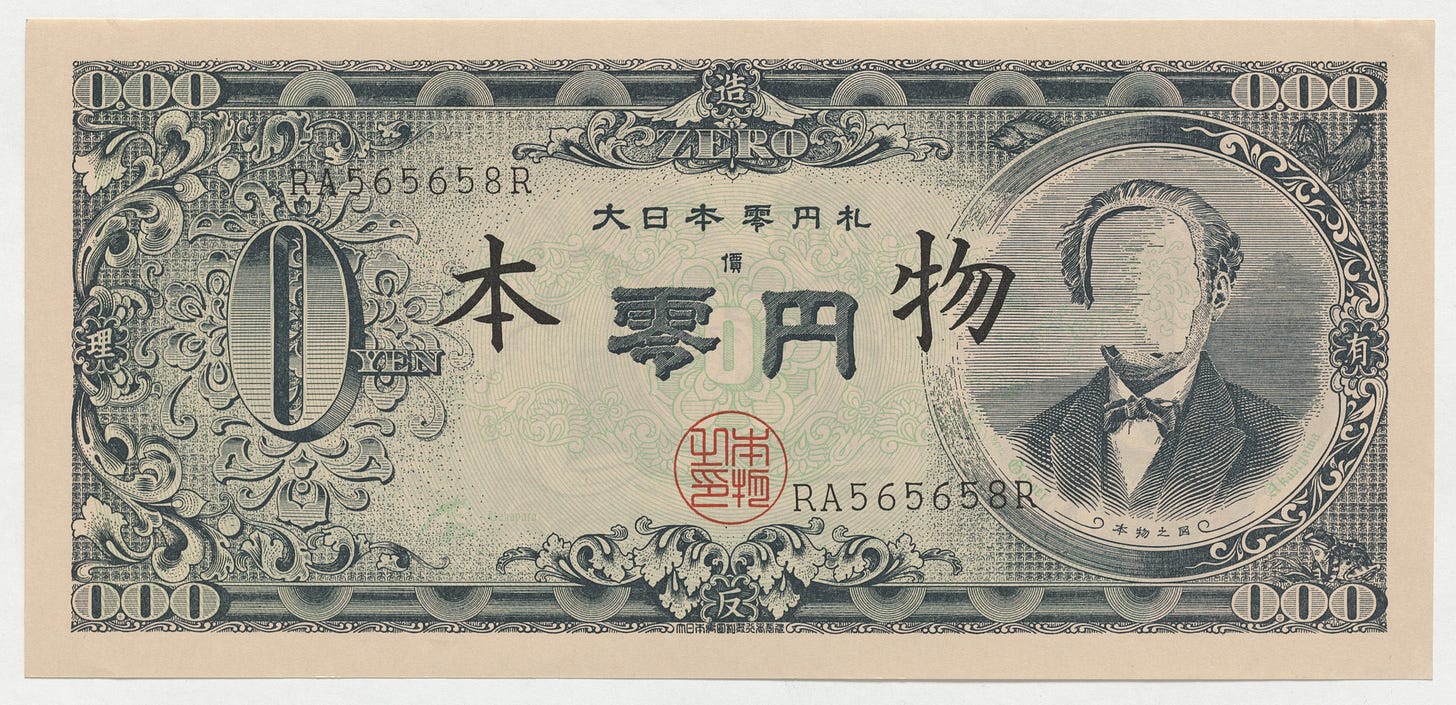Why Capitalism?
I would be remiss in this conscious design movement if I did not start with a talk on capitalism.
You may wonder, “Sera, what does capitalism have to do with design?”
And the short answer is “everything.”
Two things are true:
To build a better world, we need to understand what exists today and the systems we must work within, redefine, or abandon.
We are not limited by what exists today. Anything is possible.
Humans imagined everything in society. Don Norman says this so well in his new book,1
“Almost everything I see is artificial and almost everything artificial has been designer. Why? Because the act of designing is the creation of artificiality.”
Take money for example. Money is not real. Have you ever thought about that? The only thing real about money, is that we all agree to believe in it.

Capitalism is not inherently bad
It’s the easy way out to say capitalism is bad. Free trade has uplifted millions of people around the world. A system for innovation and cooperation. People cooperate voluntarily in trade for mutual gain. A win-win.
The opposing school of thought in the 21st century would be communism. Free markets vs governmental market control. The US is more innovative than China, South Korea than North Korea, and so on. China does prove that an alternative Marxist-Leninist political system can result in growth, however, that’s not the point of this article so I won’t go into it.2 Meanwhile, the GDP of South Korea is 1.8 trillion, making it the 4th largest economy in Asia.3
Capitalism has made human lives more prosperous. Capitalism is also a vehicle for self-actualization. Becoming the highest version of yourself means being able to follow your own pursuits in business.
Businesses can positively serve society and make a profit.

Where does capitalism fall short?
Capitalism is a reflection of our culture. Where capitalism falls short, so do humans.
1. Business is about the maximization of profit
2. Capitalism lacks an ethical foundation
3. Businesses operate with a low level of consciousness
4. Money buys influence
1. Business is about the maximization of profit
Capitalism fails us when companies prioritize profit above all else. Somewhere along the lines, the economy became more important than the people running it. The default for most businesses is to prioritize profit over people. This is where technology can really run amuck. When we are developing technology for the primary purpose of maximizing profits, maximizing attention, etc. over protecting the consumers. Once you measure something, such as profit, that becomes the obsession. Businesses stop thinking holistically. Even if an entrepreneur starts with good intentions, it can become misguided along the way by investors and board members.
2. Companies lacks an ethical foundation
Businesses lack an ethical foundation. They need a purpose. When the goal is profit above all else, they will do everything and anything to achieve that end including create unhealthy work cultures, not value individuals, manipulate and deceive to coerce customers into purchases, upsells, and more. In design, we call these “dark patterns.” Corporations are seen as untrustworthy and often they fulfill that expectation.
3. Companies operate with a low level of consciousness
Too many companies fail to recognize the impact they have on humanity and the environment. This is not even a consideration for most businesses. They feed disfunction in their own workers and customers, while not bothering to look at downstream impacts. Unless there is a repercussion, when there is a unintended outcome from business practices, they will turn a blind eye. Some try to circumvent this with greenwashing for reputation. This may result in short term profit maximization but hurts everyone involved in the long run.
4. Money buys influence
These days money buys influence and therefore companies can use coercive powers to influence the government. Crony capitalism, in which business leaders and government officials have a close relationship, is unethical. The current systems pushes people to become unethical. What large tech company doesn’t have a lobbyist group? It’s a convoluted system when tech company CEOs can easily put pressure on governments for their own interests. Crony capitalism also restricts competition.
What’s the takeaway?
Our current system represents a very narrow lens of what a business is, how it operates, and what the measurement of success is. We need to take a step back. We are not workers on Marx conveyor belt line.
Rethinking Capitalism
How designers fit into the picture
Where do we really get our ideas from? As designers, we are hired by companies for the primary goal of maximizing profit.
What are we actually trying to do here?
Who are the stakeholders?
How do we best serve them?
Human behavior can be changed and designers have exactly the skillset to rethink the role we play in designing businesses, products, and lives. There are companies that are already taking action — Patagonia, Wholefoods, Costco, Southwest Airlines, Airbnb, Dr. Bronners, etc.
Such a massive shift in human behavior requires collective effort. We need to demand that businesses reflect our own levels of consciousness. The world is changing. We have more information than ever and therefore, we are more aware of reality.
104 years ago women had no right to vote
78 years ago Japanese Americans were in internment camps
60 years ago racial segregation was normal in the US
34 years ago racial segregation was normal in South Africa
32 years ago there was no international agreement on climate
Times are changing and this is brought on by people, like you and me. John Mackey describes the web as a nervous system.4 I love this analogy. If we are connected through technology and we designers are creating it, we need to think very critically about what we are building, why, and for who.
The choices we make today affect us as a collective. More importantly, they will outlive us, affecting the planet and future generations.
Keep reading with a 7-day free trial
Subscribe to Conscious Tech to keep reading this post and get 7 days of free access to the full post archives.



